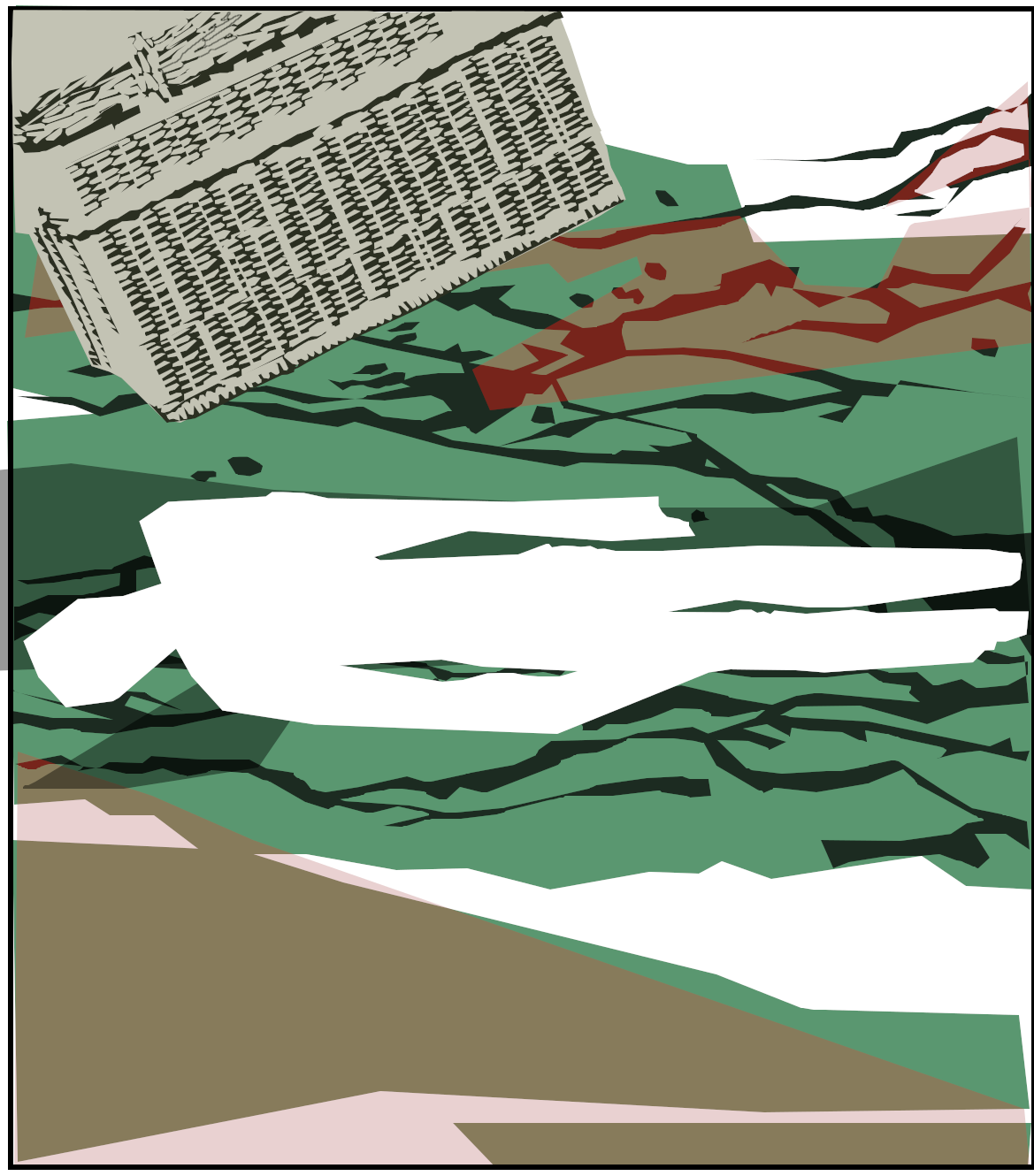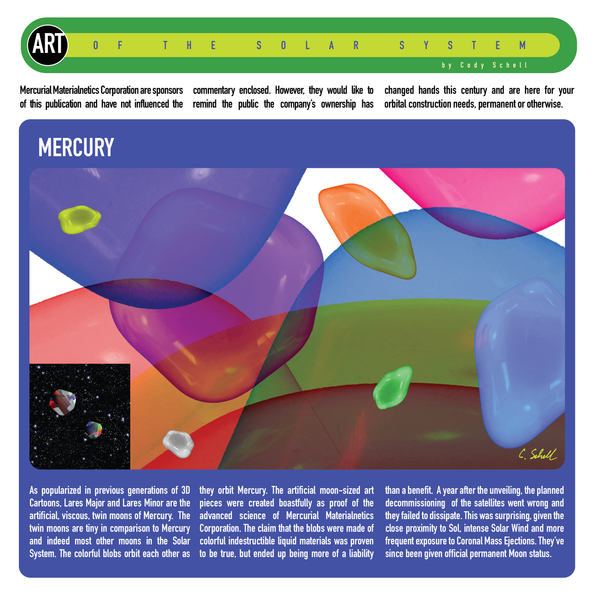A Personal History of Horror Films in 101 Quirky Objects #3: Nicole Horner’s sunglasses in Les Diaboliques (1955)

by Vince Stadon
“I won't have any regrets.” – Nicole Horner
The world was cold in the early 1950s.
Money was coming. Money was surely on its way to warm things up and make everybody feel better, but in the meantime, everywhere was cold and everyone was broke. America was deeply worried about commies and the atom bomb. England was exhausted and half in ruins. And Continental Europe worried most of all about money and rebuilding. You’d think France would be gay and arty again after its liberation, and although the French would of course get back their joi de vivre in spades, it was taking a while. And in 1955 things were austere and – did I mention? – things were cold.
Old money was still hanging around, of course, but then it always does. By the end of the decade, things would look significantly brighter, and the world would see a future again (“Most of our people have never had it so good,” the UK Prime Minister Harold MacMillan would famously say – and then soon after, we had the Beatles). But the Paris of 1955 is – can you guess? – cold and broke and dour. The sun might be shining throughout Les Diaboliques (it was shot in the late summer/early Autumn), but it transmits no warmth at all through the screen, lending the film a permanent chill.
Into this bleakness walks Simone Signoret as schoolteacher Nicole Horner, effortlessly cool, but bringing with her heat and hope and the future. Nicole is modern, bright, confident. She has her own apartment. Nicole has a lover. She has plans. She even wears sunglasses.
Les Diaboliques is a film that famously turns things on its head, culminating in a horrific "twist” ending, so it’s only fitting that Nicole’s sunglasses are a key indication that things are not what they seem. At first, our impression is that Nicole wears the sunglasses to be cool and fashionable and French and sexy. Almost immediately, we learn that Nicole is wearing them to cover up her black eye, given to her by her abusive lover Michel, the headmaster of the school. And right at the end of the film, we learn that the black eye was part of the diabolical murder scheme that is being played out. And while that’s shocking enough, it goes deeper, because the black eye might very well also be an indicator that Nicole really is a victim of abuse. Even though she thinks she’s in complete control and is working with Michel on a murder they have devised and are executing together, Nicole could very well be fooling herself. Victims of abuse sometimes do not know they are being manipulated.
Nicole’s cool, sophisticated, capable femme fatale act paints her in stark contrast to the other woman in the film: the mousy, religious, frail, and down beaten Christina – who is married to Michel. Christina comes from money and in fact owns the school, and though she married an abusive, unfaithful, cruel monster, her religious beliefs prevent her from legally escaping the marriage. Nicole befriends and persuades Christina to help kill her loathsome husband, and thus the two women will be free of him.
They make an odd couple, Nicole and Christina. Nicole is brazen and confident; Christina is unsettled and hesitant. One of the film’s most tense sequences comes when the school’s outdoor swimming pool must be emptied to reveal the body of Michel, who inconveniently has not floated to the surface as intended. Nicole masks what we think is anxiety by cooly asking the school handyman to empty the pool, and she stands there smoking, watching as the water slowly drains away to reveal... nothing. Michel’s body has vanished. Nicole appears to be rattled from this point on as Les Diaboliques becomes in part a ghost story. There are sightings of Michel about town and in the school, and the two conspirators are terrified; their urgent, desperate conversations become heated squabbles as both women crack. This plausibly culminates in Nicole packing her things and fleeing.
You know how you know when things are really, really bad? It’s when Simone Signoret "later days” you. That’s when the ghost will kill you – as he does here to poor Christina.
But of course, nothing is how it seems, and Nicole hasn’t really fled the school in terror. She hasn’t really befriended Christina. She hasn’t really murdered Michel. She’s been fooling us all – and perhaps even herself. I don’t think Michel really loves her (I don’t think Michel loves anyone other than himself – and money). I don’t think the abuse is ever going to stop, and I don’t think Nicole will have a happy ending – and that’s even without the rather naff tacked-on ending where they’re immediately arrested for Christina’s murder (a scene I always edit out of my memory when I rewatch this film).
There is another twist, of course, and that’s that the school is now really haunted by a ghost: Christina. Nicole doesn’t believe in ghosts, but we can’t believe in Nicole because nothing is how it seems, and even though she looks so amazing and so French and so alive in those sunglasses, it’s all a lie.
And it’s all so cold.
~
More obvious picks for an object to represent this film: Michel’s suit; the "white” eyes; the basket; the heavy mantlepiece ornament sculpture of a lion; the drugged bottle of booze
Les Diabolique (155); 114 mins; France
Directed by Henri-Georges Clouzot; Written by Henri-Georges Clouzot, Jérôme, Géronimi René Masson, Frédéric Grendel (based on Celle qui n'était plus by Boileau-Narcejac); Produced by Henri-Georges Clouzot and Georges Lourau; Cinematography by Armand Thirard; Music by Georges Van Parys
Simone Signoret (Nicole Horner); Véra Clouzot (Christina Delassalle); Paul Meurisse (Michel Delassalle); Charles Vanel (Alfred Fichet); Jean Brochard (Plantiveau); Thérèse Dorny (Mme Herboux); Michel Serrault (M. Raymond); Georges Chamarat (Dr. Loisy)
© 2025 Vince Stadon




